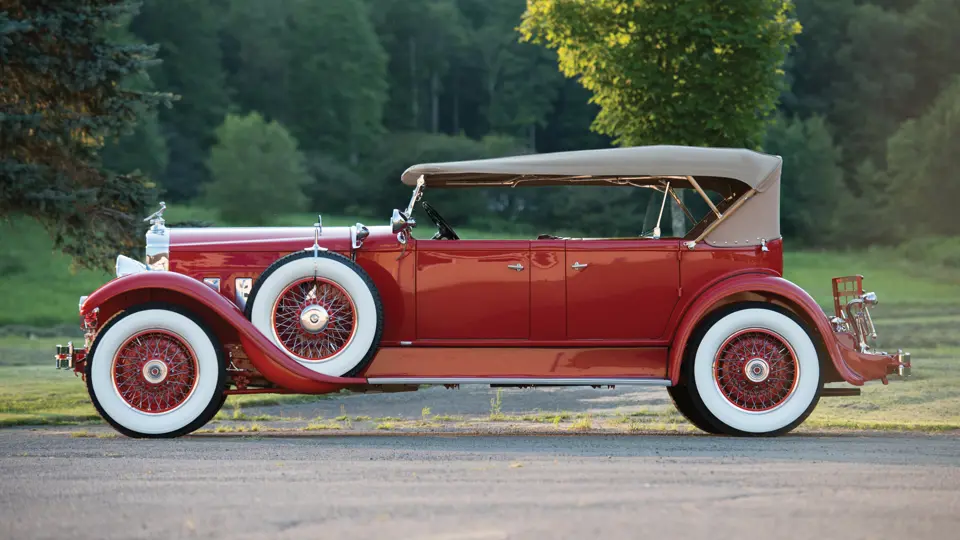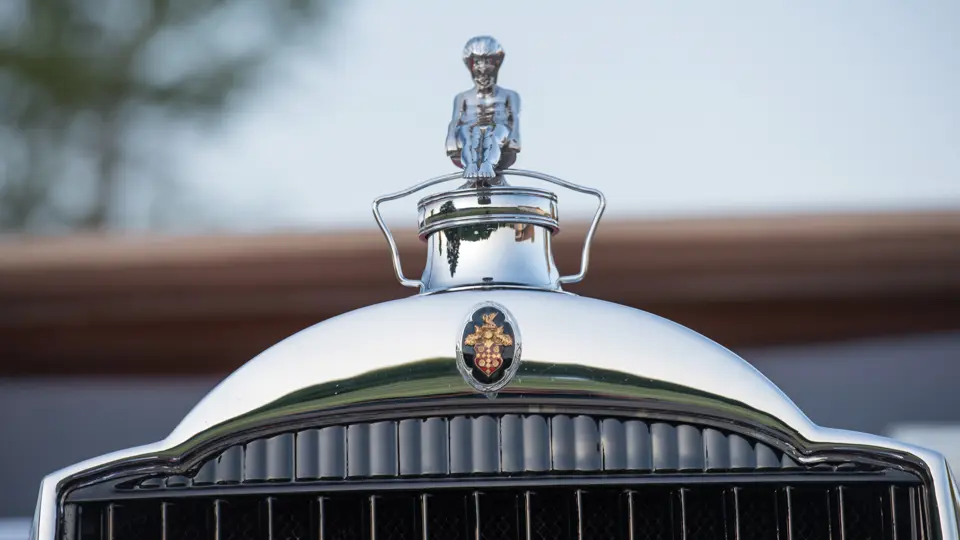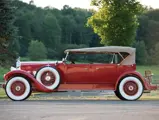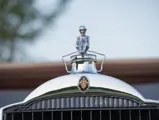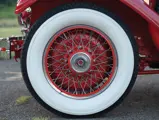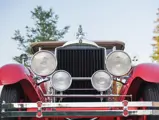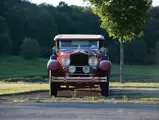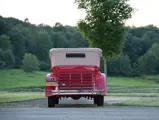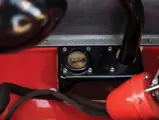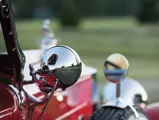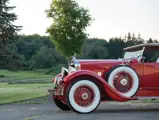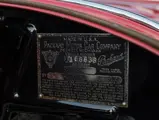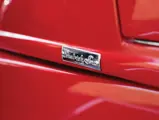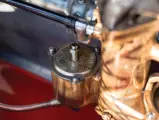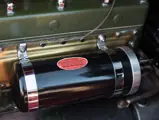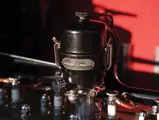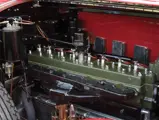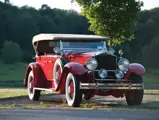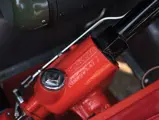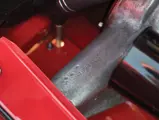On 14 June 1923, Packard Motor Car Company introduced the Single Eight as a successor to the long-running Twin Six V-12. At 357.8 cubic inches, it displaced some 15 percent fewer than the big flagship powerplant, but produced 95 percent of its horsepower. More important than that, however, was its design. A seminal breakthrough with its two-plane crankshaft, it set the pattern for all straight eights from that time onward.
Earlier inline eights were essentially two four-cylinder engines mated end-to-end. Inherent to this design is a “secondary imbalance” caused by two of the pistons always moving together. This creates a rocking motion at idle and roughness at high rpm. By turning a portion of a flat-plane crankshaft, that for the four middle cylinders, 90 degrees, Packard engineers made the Single Eight smooth and silent. The result was so successful that from 1925 the designation “Packard Eight” was sufficient.
The Sixth Series Packards were introduced on 1 August 1928. All Packards were now Eights, the six-cylinder models having been discontinued. The Model 645 Deluxe Eight, the top of the line, spanned an impressive 145½-in. wheelbase, and was powered by a 384.8-cu. in., 105-bhp engine.
There were two open touring cars in the 645 line, designated Phaeton, Style 371, and Sport Phaeton, Style 373. Both accommodated five passengers, but Style 373 had a Tonneau Cowl, a hinged panel enclosing the rear seat and equipped with a windshield for its passengers. It represented the ultimate in comfort for an open Packard body. Designed by Raymond Dietrich, it was, like a number of offerings in the catalogue, built in Packard’s own body factories.
This Packard 645 Sport Phaeton had been restored when purchased by the current family, noted Packard connoisseurs. They then re-restored it to its current high standards, with the assistance of trade specialists cultivated over many years. It presents vividly in brilliant red, with a matching leather interior. The top is tan canvas. Equipped with Pilot Ray steering driving lights and dual windshield-mounted spotlights, it has dual side-mounted spares and six Firestone High Speed wide whitewall tires. The tip-up Tonneau Cowl, as Packard called its dual-cowl arrangement, has its own windshield for the rear seat passengers, making cool-weather touring a pleasure. Taking pride of place atop the radiator is the iconic Packard “Adonis” radiator cap designed by Edward McCarten. The workmanship is superb, from the flawless paint to the highly detailed engine compartment, the latter complete with a correct Packard accessory Purolator oil filter. It runs and drives spectacularly, having covered only test mileage since restoration.
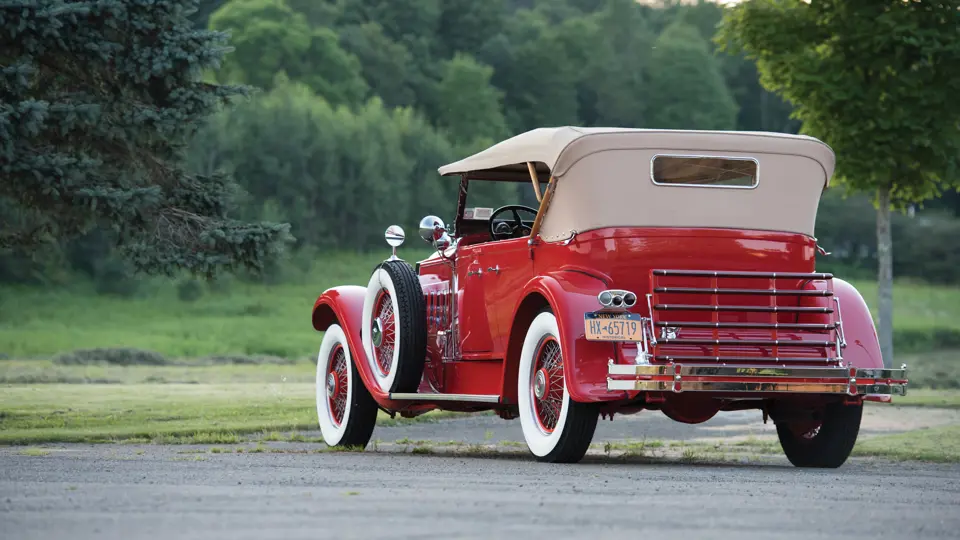



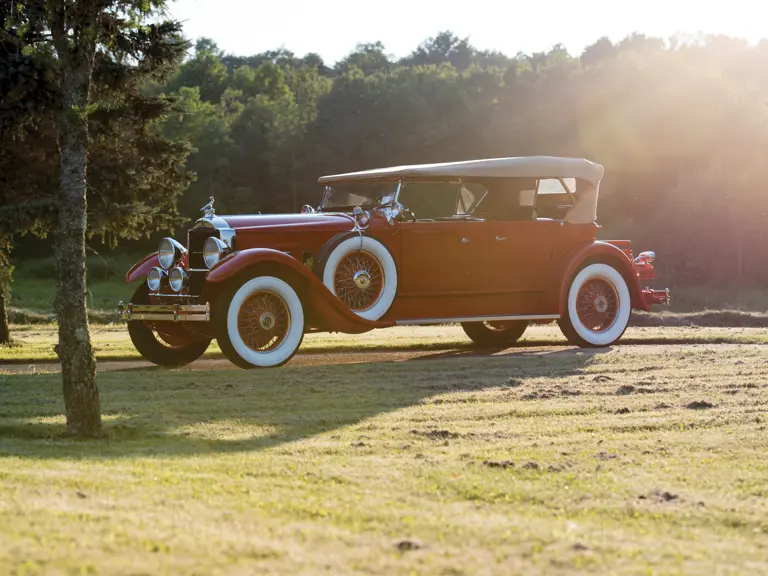

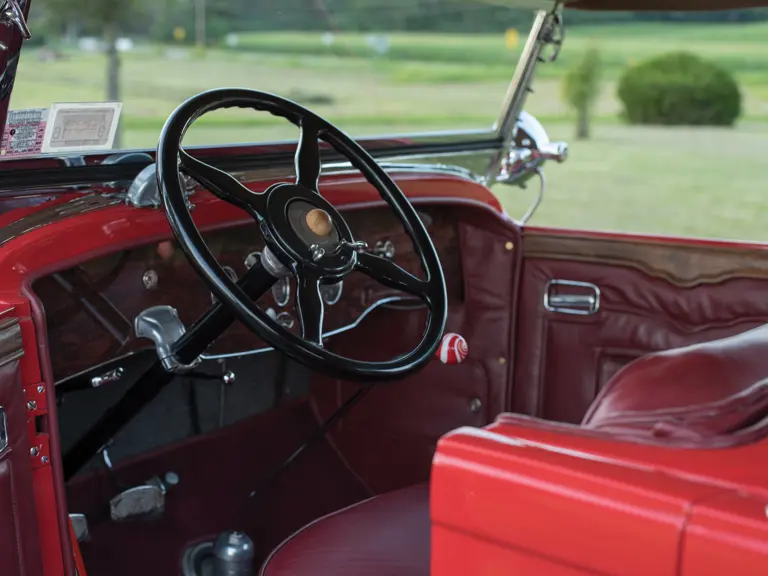
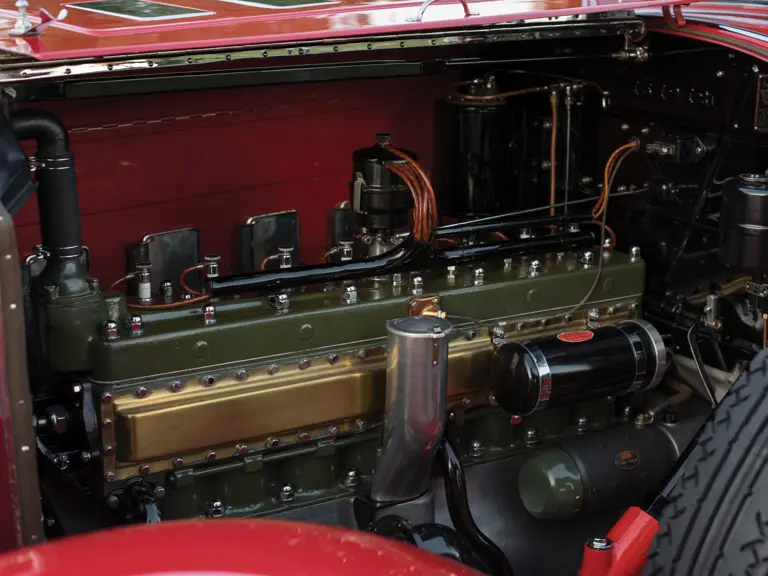

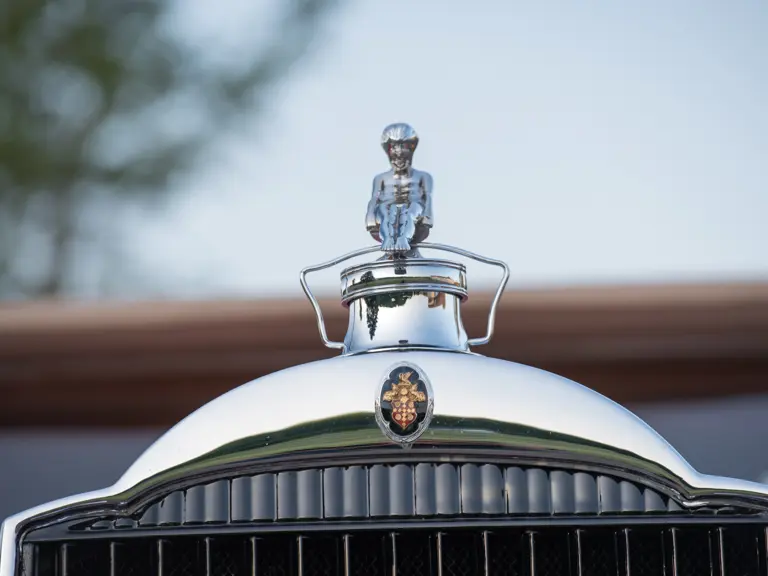
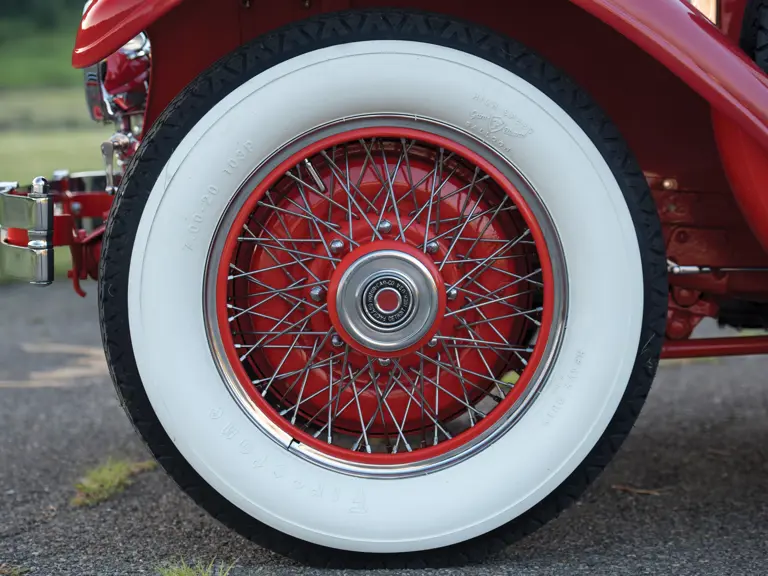
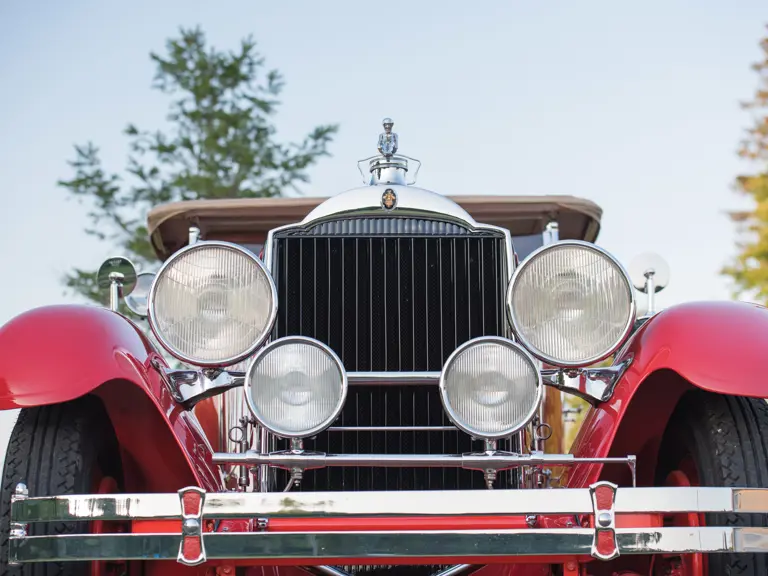
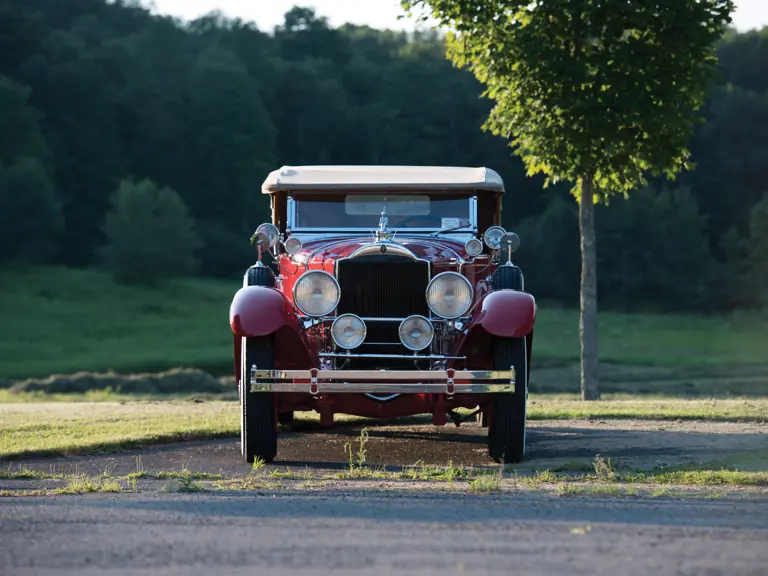

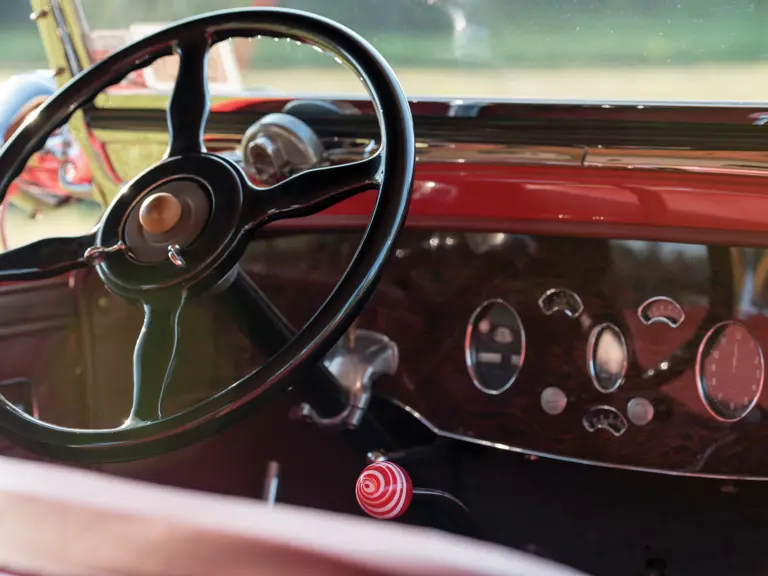
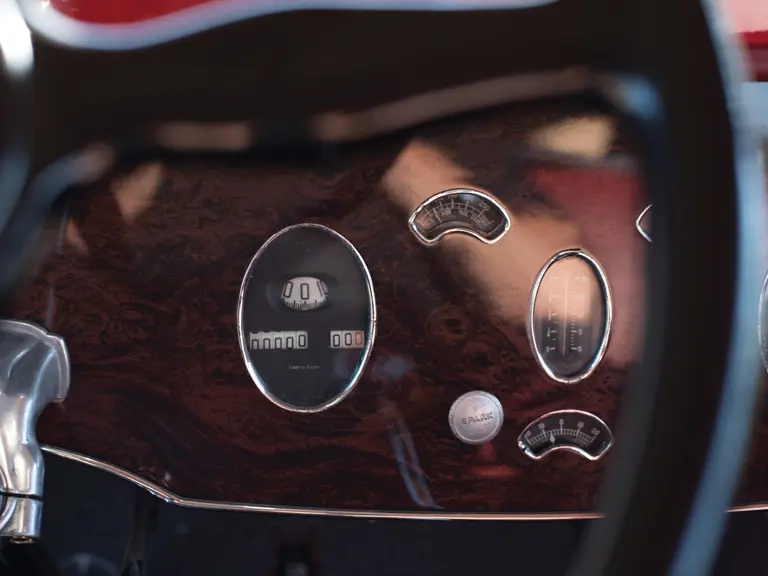

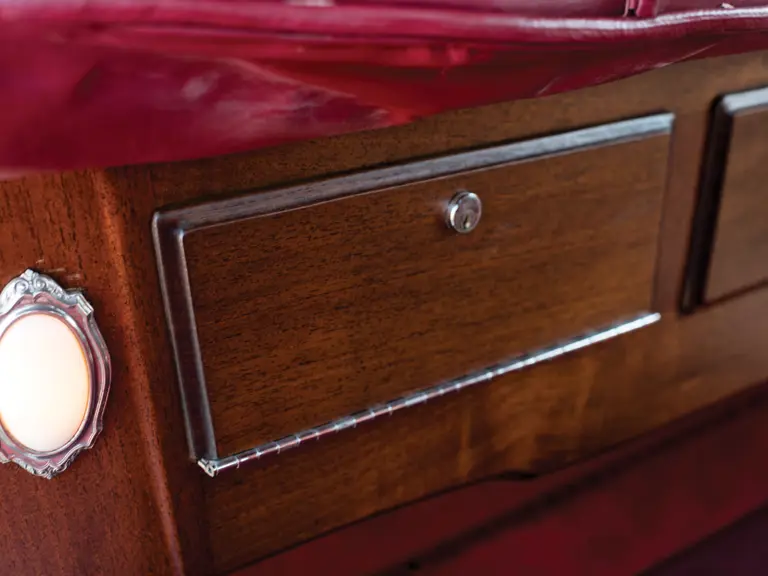

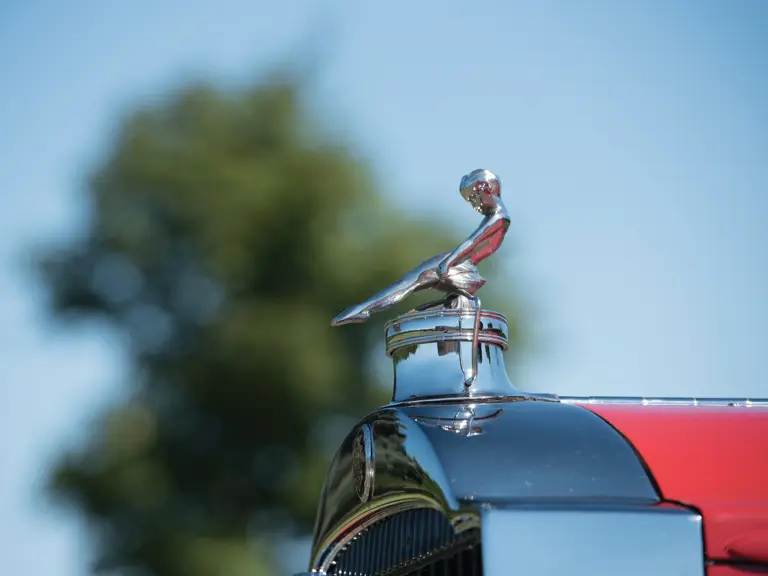
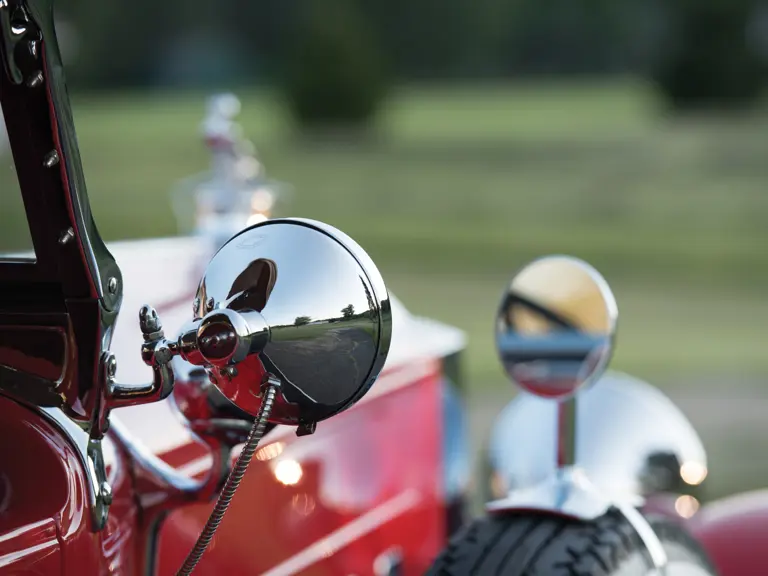

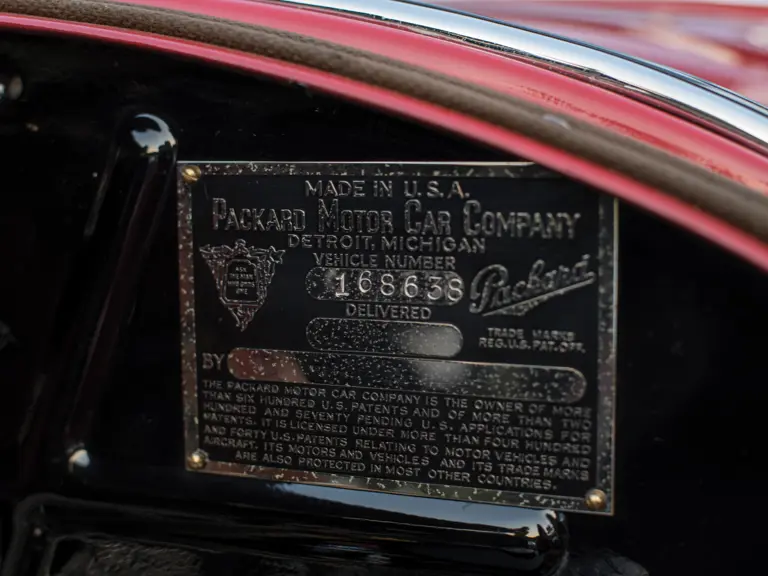
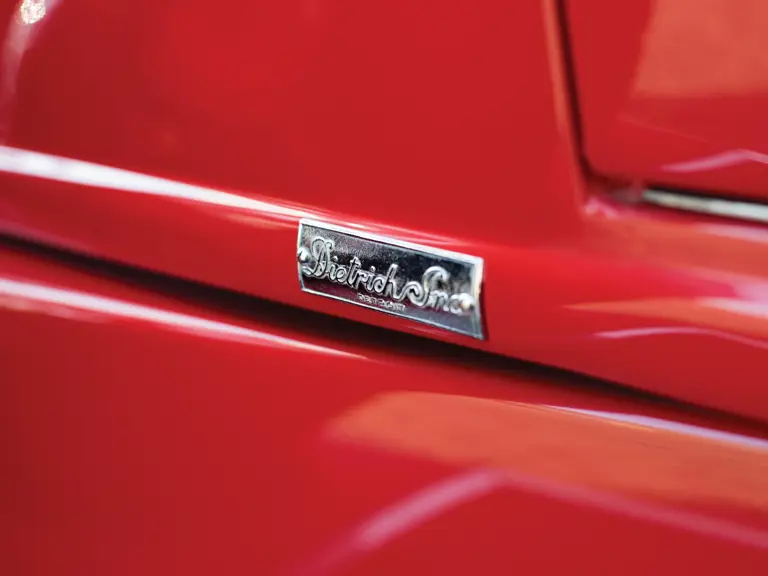
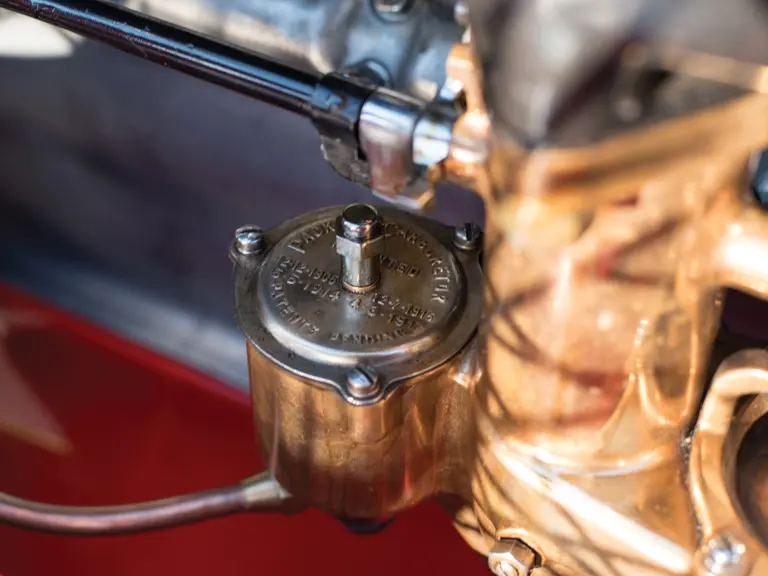
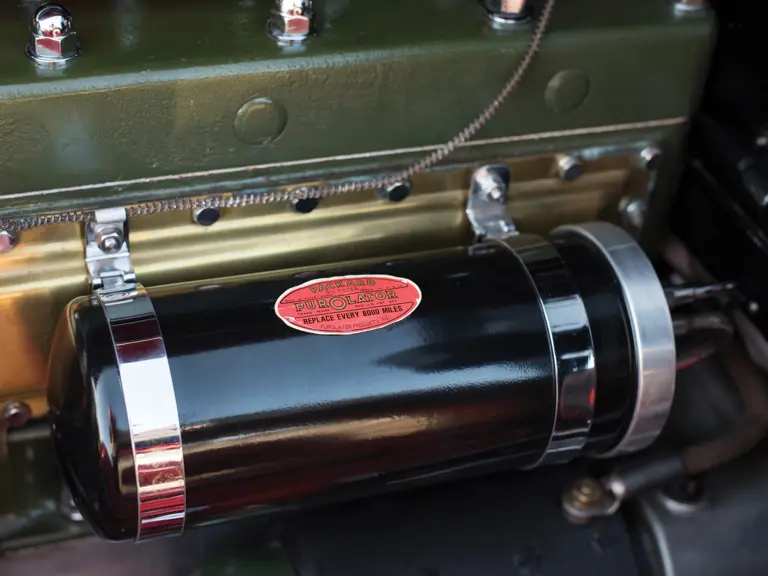
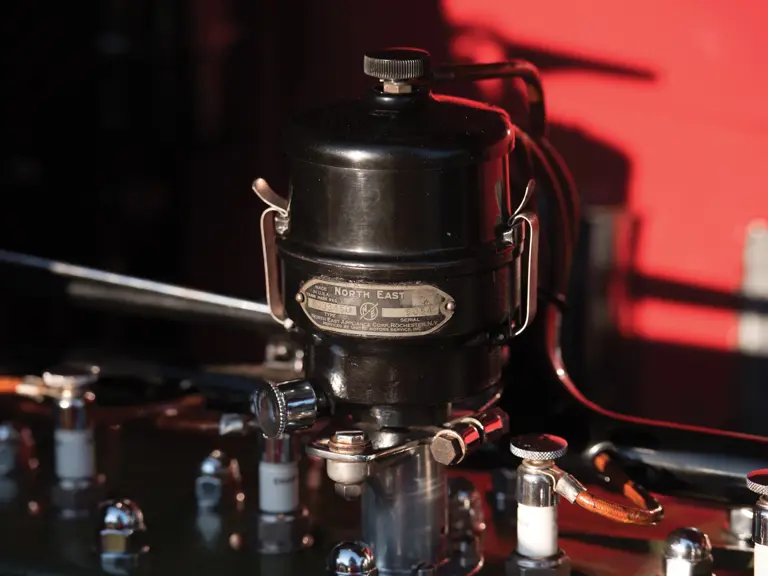
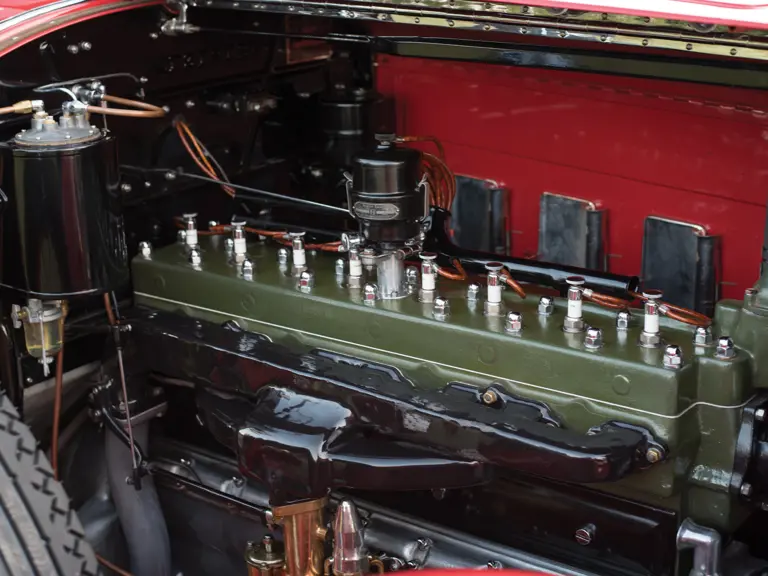
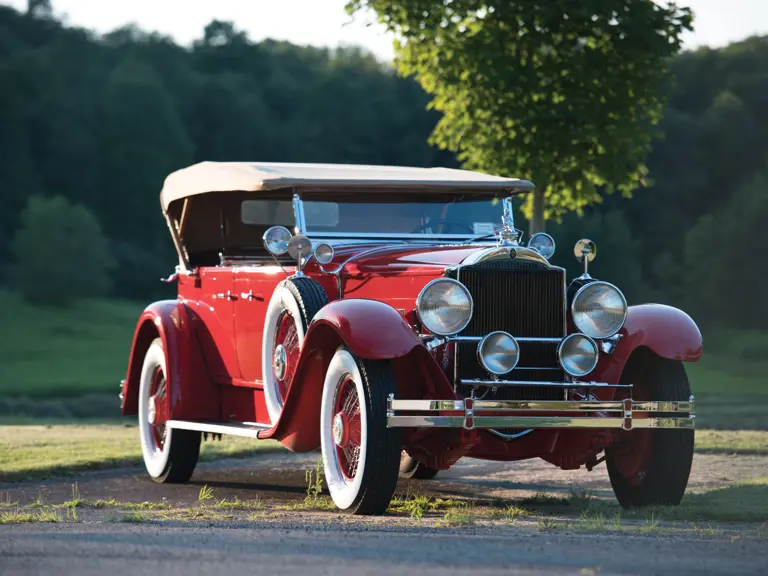
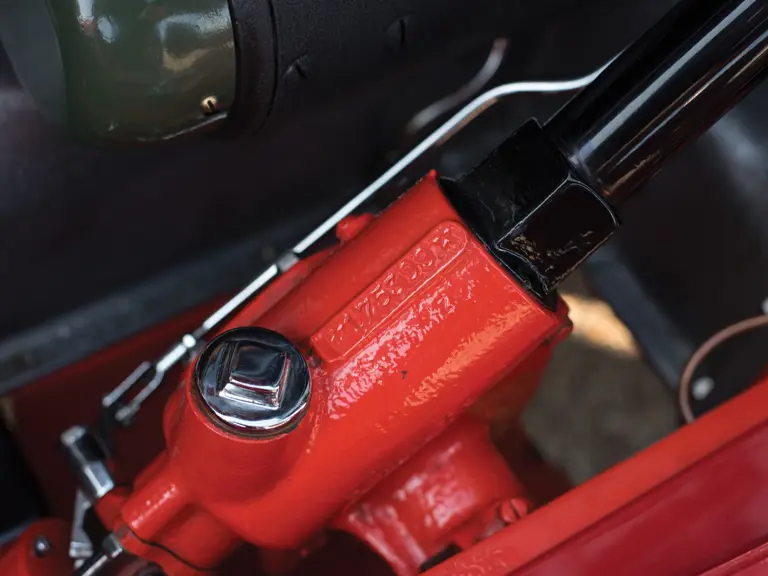
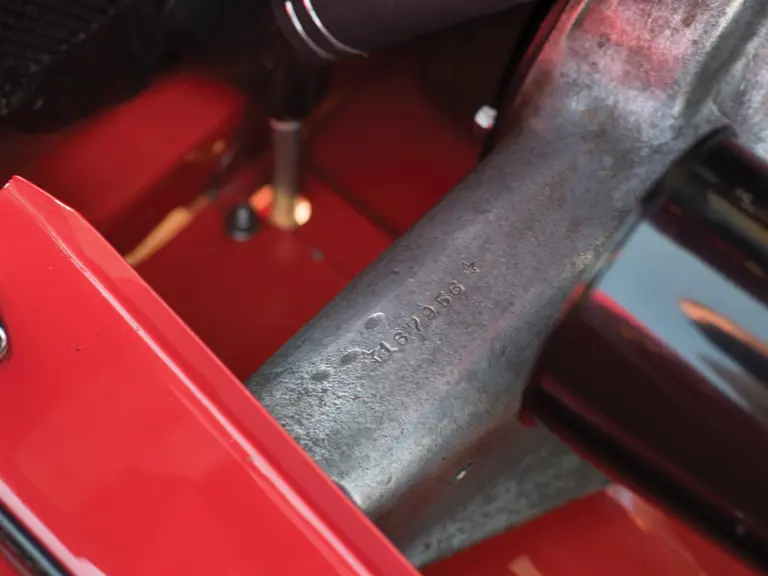
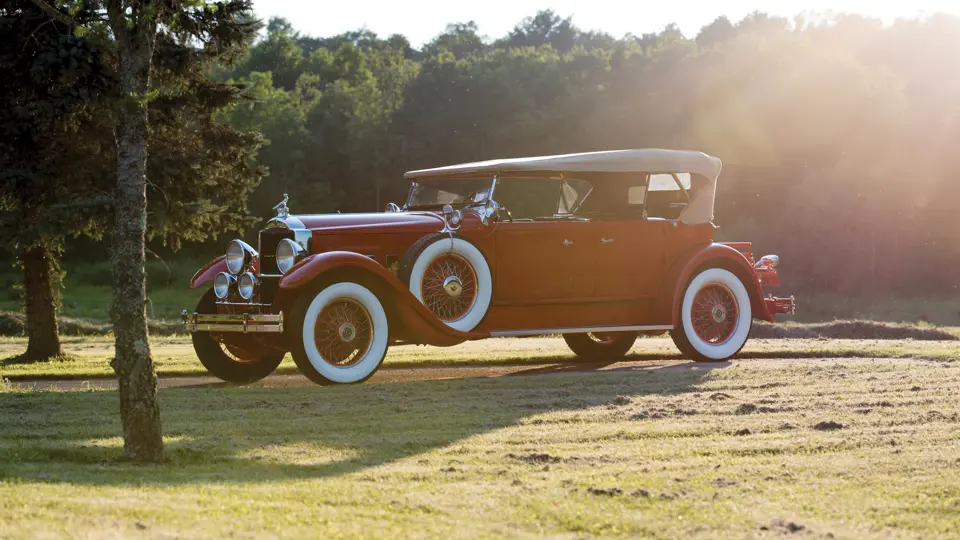
 | Hershey, Pennsylvania
| Hershey, Pennsylvania
